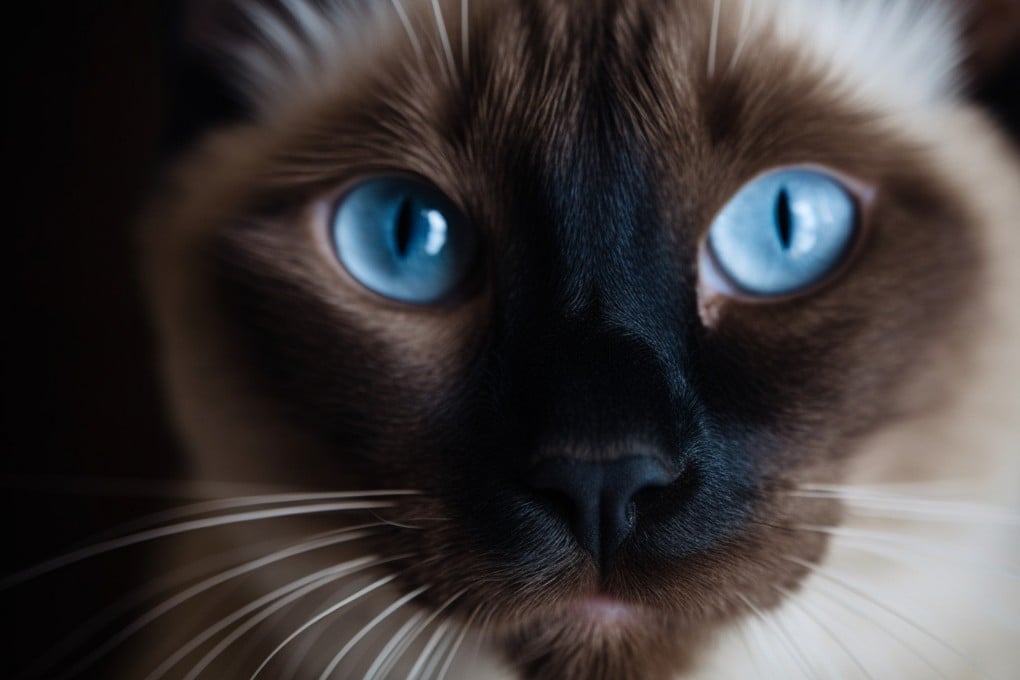Frequently asked questions: can cats see in the dark?
- Before cats became our pets they hunted for their food, mostly during the dusk and dawn hours
- Cats can’t see in absolute darkness, but their night vision is much better than ours, scientists have found. Find out why

Don’t have a word of the day yet? Here’s one: “crepuscular”.
The zoological term classifies animals that are most active around dusk and dawn. Cats, for example, are crepuscular, which explains why you’ll hear them padding about just before morning rolls around, and lazing about for most of the day.
In line with their most active waking hours, cats’ eyes have evolved to suit twilight and its dimmer conditions. After all, it’s when they would have hunted for food for their survival before they were widely domesticated.
Having slit pupils allows cats to dilate their eyes 6mm (¼ inch) more than a human pupil, explains 2006 research from the Irish Veterinary Journal. The pupils in mammals’ eyes work a lot like windows, widening and narrowing in response to light conditions. Cats’ pupils let in more light by dilating 50 per cent more than ours do, hence their rumoured ability to “see in the dark”.

Other aspects of cats’ eyes help them see better in low light. They have large corneas, and there are more of the light-sensing rod cells in the back of cats’ eyes – their retinas – than in ours.
